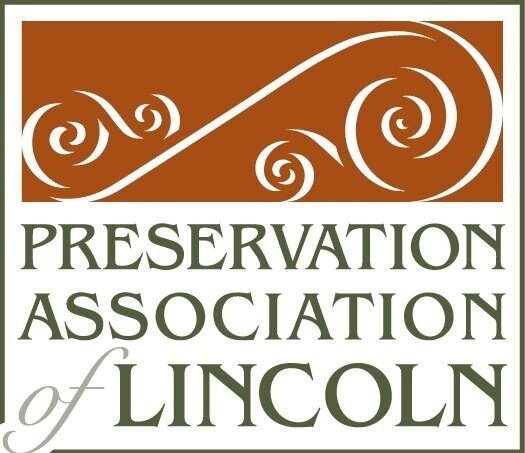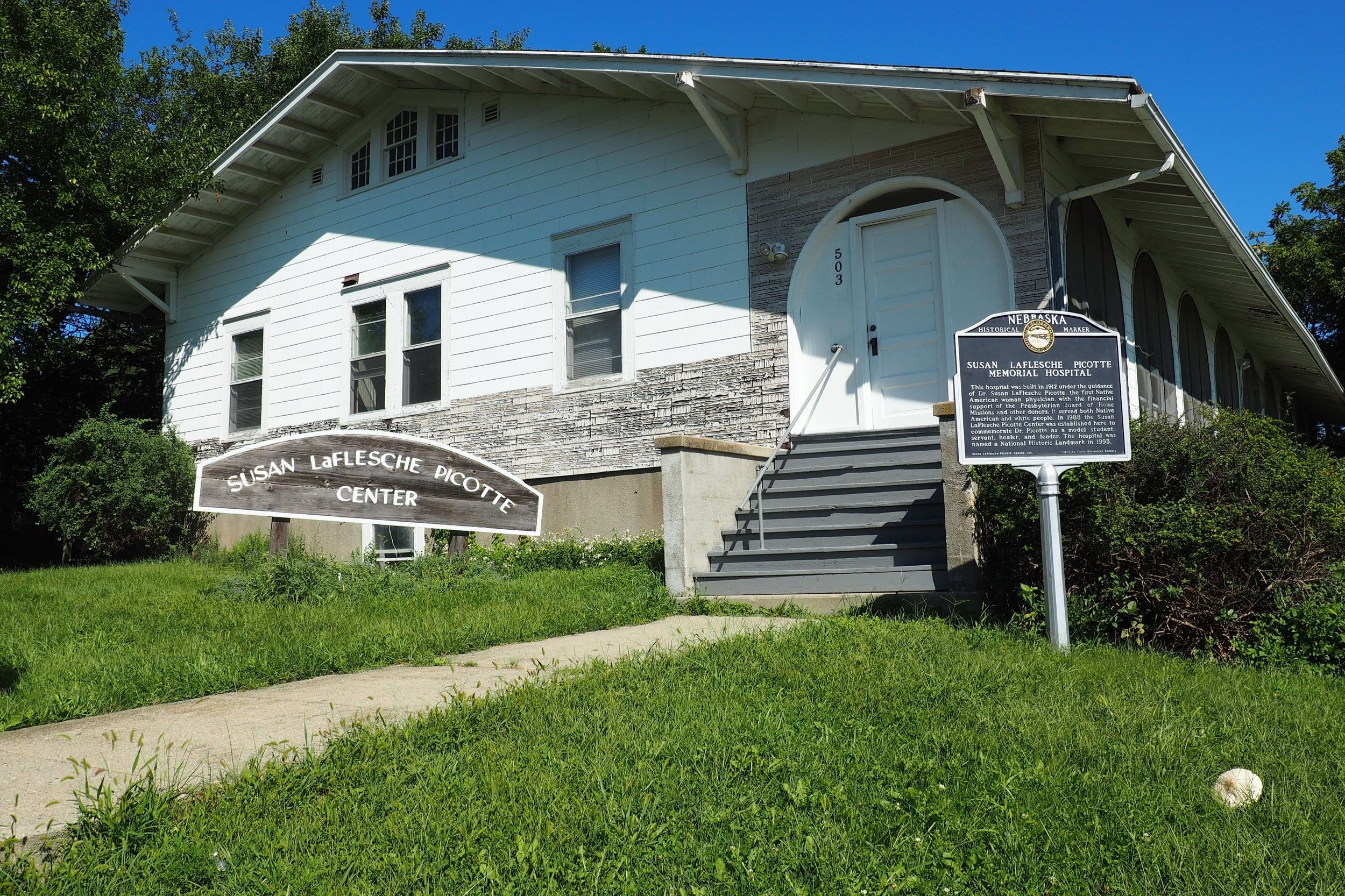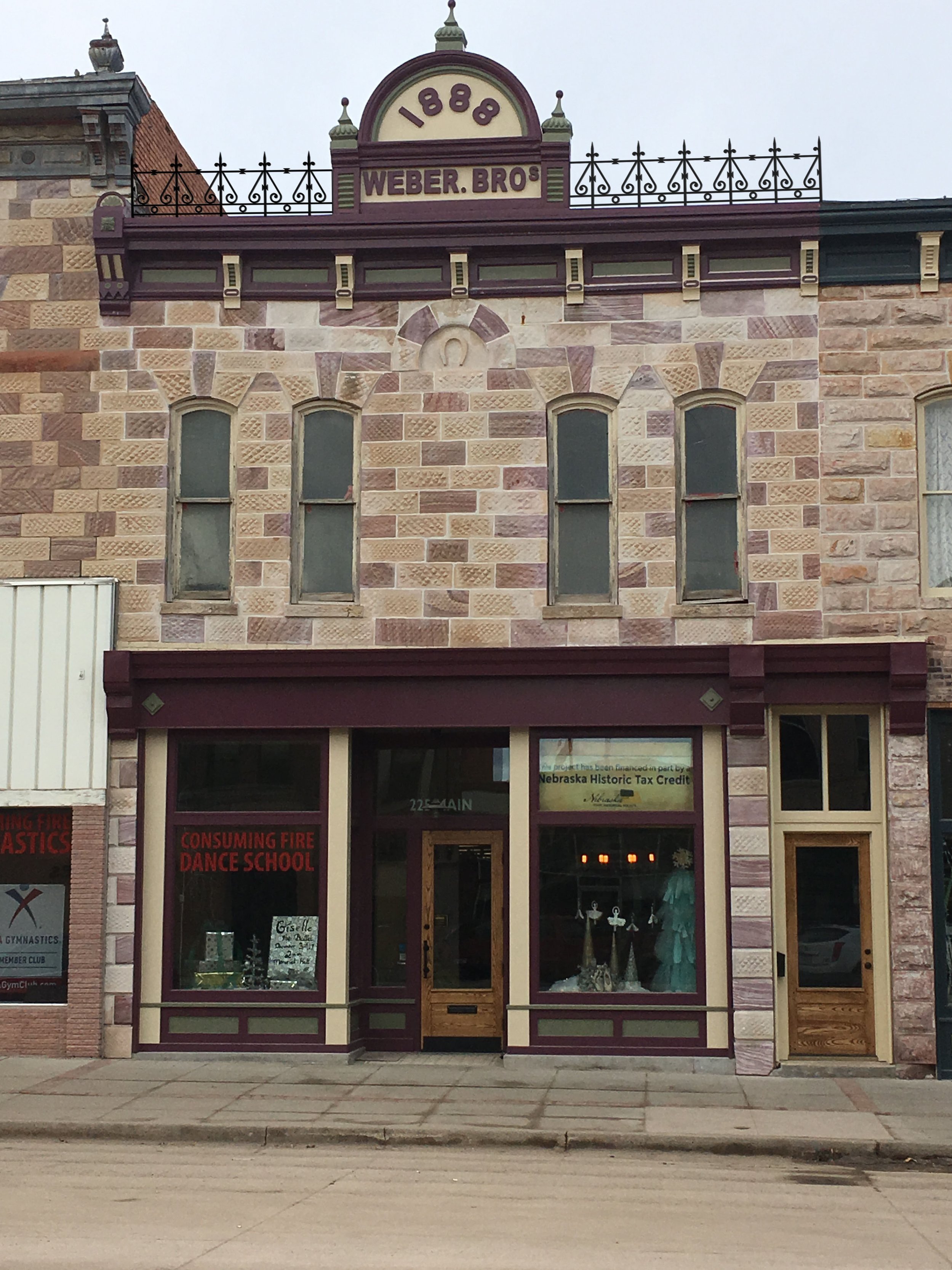The Nebraska Historic Tax Credit Will Die
Efforts to extend the Nebraska Historic Tax Credit have likely been futile. According to state legislation, the program will sunset on December 31, 2022. In an attempt to strengthen the program and extend its life, several bills were introduced to the legislature during the 2021 and 2022 sessions. As of Friday, April 7th, none of the bills were listed on the agenda for a floor vote. With only days left of the current legislative session, the bills are likely dead and will not advance to a floor vote. Subsequently, the Nebraska Historic Tax Credit, a program that contributed over $226.2 million in economic activity statewide, will cease at the end of the year.
Since its inception in 2015, the Nebraska Historic Tax Credit has contributed to an economic boon across the state. In a report authored by the Bureau of Business Research at the University of Nebraska–Lincoln in 2021, the program created 3,014 jobs in Nebraska and has generated $9.4 million in state and local taxes in its first five years. The historic tax credit is one of the most impactful tools Nebraskans have in promoting the economic revitalization of their communities. This program provides tax credits for property owners who rehabilitate a historic building while retaining its historic character. Past projects have created much-needed low-income housing, fixed-up public buildings like courthouses, and made downtown areas more attractive to small business owners.
The highlighted projects below represent three of the nearly one hundred completed projects across the state the utilized the Nebraska State Historic Tax Credit. If you would like to see all the of completed projects, please click the provide link in this story to the Nebraska Historic Tax Credit Story Map. A copy of the 2020 Nebraska Historic Tax Credit economic impact report has also been attached.
Strode Building
1600 O Street, Lincoln, Nebraska
The Strode Building is significant in the development of Lincoln’s Automobile Row. Situated on the historic route of the Detroit, Lincoln, Denver Highway, the masonry building continually served the automobile industry until 1984. Designed by local architects Fiske and Meginnis in 1917 to house the Nebraska Oldsmobile Company, the building underwent an extensive rehabilitation in 2019.
The nearly $3 million rehabilitation included the reopening of several bricked-in windows and converted the historic warehouse and repair shop on the second floor into 13 residential units. The former car elevator was retained and locked in place to become a feature with the second story hallway. The first floor showroom was rehabilitated to house a commercial space with many of the formerly overhead doors reopened. Completed in 2021, the project received a combined $1.1 million in historic tax credits from the Federal and Nebraska Historic Tax Credit program.
Strode Building Before
Strode Building After
Dr. Susan Picotte Hospital
503 Matthewson Street, Walthill, Nebraska
Designed by architect William Steele and constructed in 1913, the Picotte Hospital was founded by the nation’s first Native American physician, Dr. Susan La Flesche Picotte. Born in Nebraska, Picotte graduated at the top her class in 1889 from the Woman’s Medical College of Pennsylvania. Picotte returned to her home on the Omaha Reservation to take a position as the physician at the government boarding school.
The hospital Picotte founded in Walthill slowly deteriorated over the years. In 2019, the Nebraska Commission on Indian Affairs brought together a group interested in rehabilitation and reusing the National Historic Landmark as a community space and offices for the Omaha Tribe. In 2020, a three part phased project was initiated, which utilized over $13,000 of Nebraska Historic Tax Credits for the exterior restoration phase of the project.
Picotte Before
Picotte After
Weber Brothers Building
255 Main Street, Chadron, Nebraska
The two story calico sandstone veneered commercial building in downtown Chadron was constructed in 1888 and originally housed a grocery store. Throughout its life, the sandstone deteriorated, the pressed metal cornice and cresting rusted and the original storefront was replaced. The owner of the building was allocated $15,000 in Nebraska Historic Tax Credits and $15,000 in Federal Historic Tax Credit to rehabilitate the façade. The project included restoring the sandstone veneer, rebuilding a storefront compatible to the historic character of the building and repairing the pressed metal cornice and cresting.
Weber Bros Before
Weber Bros After






